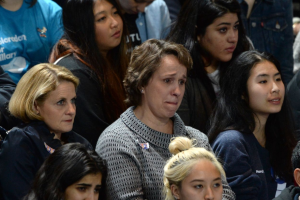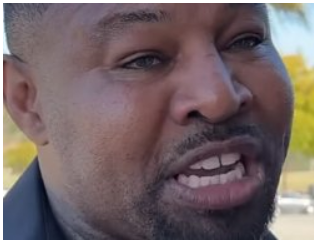America did not elect Kamala Harris as its first female president this week, but Janet Edwards was grateful she got to witness a fellow Black woman run for the highest office in the land in her lifetime.
She didn’t want to let Harris’ loss on November 5 take away from the joy of the 107 days before it.
“I’m not going to step away from what’s possible in the future,” Edwards, a 53-year-old from Washington, DC, said during an interview before Harris’ concession speech at Howard University. “There will be some challenging times that may not lean in my direction, but that’s par for the course if you plan to live this life, particularly as a woman of color.”
Tuesday’s election has left Democrats reeling, but Harris’ loss comes with an added layer of disappointment for some women, particularly the women of color who backed her overwhelmingly. For the second time in eight years, the highest, hardest glass ceiling survived millions of tiny cracks, once again testing the optimism of those who hope to see the first female president elected.

Even as other countries – including Italy, North Macedonia and, most recently, Mexico – have in recent years joined the ranks of countries that have elected the first women to their highest political offices, American voters have picked Donald Trump twice over the two women who have come closest to the White House in US history.
Women have been running for president for more than 150 years, starting with Victoria Woodhull’s 1872 bid as a candidate of the Equal Rights Party. The late Rep. Shirley Chisholm, a former New York congresswoman, became the first Black woman to seek the office in 1972. Her slogan: “Unbought and Unbossed.” Harris’ previous presidential campaign paid homage to the typography of the Chisholm run.
Read more about the impact of Harris’ loss on the effort to break the highest glass ceiling in US politics.



